Why Wont Kodak Start Making Film Again
Everything you need to know about Shooting and Developing Pushed or Pulled Moving-picture show
Reasons to Push or Pull Picture
Push – Depression low-cal and shutter speed not suitable for handheld photos. Low light is the well-nigh mutual reason people push. Equally a guide, when shooting handheld with an SLR, it's best to continue your shutter at or above 60th of a second. With a rangefinder, y'all want to stay at or in a higher place a 30th of a second shutter speed—for anything lower you should either utilise a tripod or push your film a stop or ii.
Button – Creative effects – Pushing is a fun fashion to change the look and many people button B&W and colour film to get more contrast and increased grain – the more y'all push it the more contrasty and grainy your photos will be. Colour motion picture will have more saturation and possible color shifts.
Push button – An clouded day or the sun is going down. Shoot a 100-speed film and gain 2 extra stops (+2) by shooting at ISO 400 and develop it at ISO 400.
Pull/Push button – You didn't change the speed on your camera. You shoot 400 film at 100 ISO. Develop it at 400 (+2 Stops) and your photos should come out fine.
Pull – Sunny, bright, and loftier-contrast light. Pulling film reduces contrast and brings out details in the shadows.
Pull – Artistic effects –Pulling film mutes colors and flattens the image with less contrast.
Terminology and Reference
ISO / Pic Speed
Often referred to equally film speed, ISO is a measurement of light sensitivity.
Lower numbers correspond less sensitivity to light. "Slow" movie (low ISO) is a finer grain picture show, needing less low-cal merely requires a slower shutter speed, while "Fast" motion picture (higher ISO) has more grain, a higher sensitivity to light, and tin can be used with fast shutter speeds.
What is a "STOP"
A cease is doubling or halving the corporeality of light let in when taking a photograph.
A terminate is a common term in photography and important in the pushing and pulling process, especially when y'all complete the flick processing form. 400 ISO film set at 800 on your photographic camera is 1 Stop (+ane) underexposure because it'southward doubled. But if y'all put 400 ISO moving-picture show every bit 200 on your camera—that would be a i Stop (-1) overexposure because yous halved it.
Push and Pull Nautical chart
This nautical chart simplifies how many stops a film is pushed or pulled when changing the ISO. For example, 400 ISO film prepare at 800 on your camera is i Terminate (+ane).
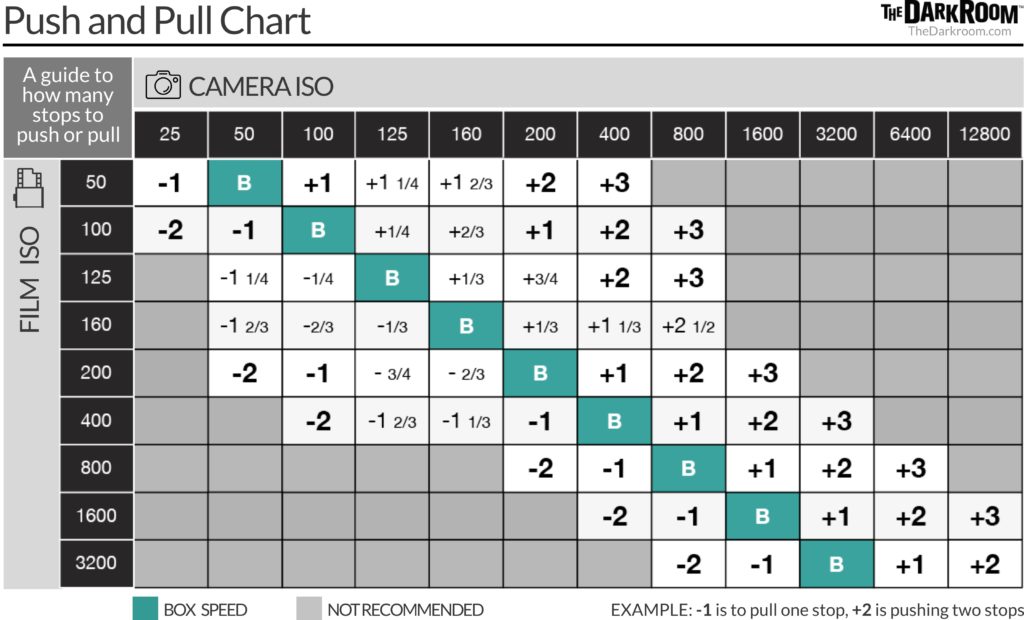
HOW TO SHOOT PUSHED OR PULL Pic
At that place are 2 parts to pushing or pulling film… ane) Shooting the image and so ii) developing the roll at the lab. This section details how to shoot and develop pushed or pulled film.
1) Shooting – Pushed/Pulled Picture
To showtime, you will need a camera that allows yous to manually change your ISO. When pushing or pulling you lot but set your camera or meter to the desired speed (unlike than the film speed) and shoot the moving picture equally y'all normally would. Pushing film
Pushing flick
Most common in low light situations the picture show ISO or speed isn't fast enough to shoot at box speed or suitable handheld shutter speed. Increasing (pushing) the ISO a stop or two allows yous to shoot at a faster shutter speed or with a smaller aperture to increase the depth of field. Pushed pic has increased dissimilarity in the lighter areas with minimal effects on the shadows. To preserve the details in the shadows, make sure to meter for medium to darker areas of the paradigm.
If you have 400 ISO film and you set it equally 800 on your camera, that will be a 1 stop underexposure. When y'all are finished with the scroll, write "+1" on the movie cartridge and the order course so the lab knows to push button it a terminate in development.
Pushing Characteristics:Increases film contrast, More grain, Lightens Epitome
When developed bright areas become lighter, just shadows stay more or less the same—increases the contrast and grain of the film.
Pulling motion picture
While the pulling technique can be done on color moving picture, it's not recommended and it's almost exclusively done with a black and white film. Most people pull film in sunny, bright, or high-contrast light. Pulling decreases contrast, but brings out details in the shadows.
If you have 100 ISO film and yous set up information technology equally 50 ISO on your camera, that will be a ane stop overexposure. When you are finished with the roll, write "-1" on the moving picture cartridge and the gild form so the lab knows to pull it a cease in development.
Pulling Characteristics: Less contrast with increased details in shadows, flat and overall slow negative, darker prototype
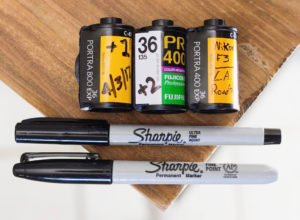
Metering Tip – The about common error we see with regular and pushed blackness & white moving picture is underexposure. When information technology comes to metering for colour negative—and peculiarly blackness and white film—be mindful of what you're metering for. We recommend metering for the shadows in fifty-fifty calorie-free and metering for the mid-tones in loftier-contrast calorie-free. This volition aid you get better details in the shadows.
Mark your film – Once you're done with the roll, be sure to write the push button amount (+one, +2, etc.) on the moving-picture show cartridge with a sharpie so the lab knows that it needs to be pushed. Likewise, select and write in the push corporeality on the order course. This will help ensure proper evolution in the lab.
2) Developing – Push button Processing & Pull Processing
When the film is developed, Pushed filmis left longer in the developer and Pulled motion picture shorter, compensating for the unlike ISO setting, underexposing or overexposing motion-picture show. Considering Push button and Pull processing fourth dimension matters, it'south important to give instructions to the film lab and have the canister marked.
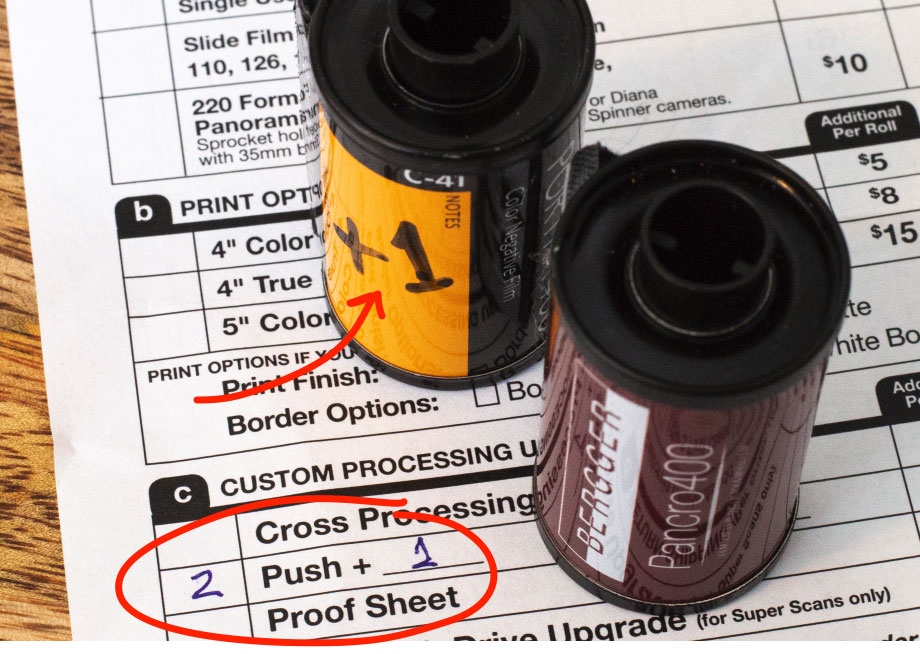
If y'all shoot 400 ISO film as 800, that is a one end underexposure which will require a ane stop push in development by processing it as an 800 ISO pic. If you shoot a curlicue 1 stop nether-exposed and don't push in evolution, your photos volition exist under-exposed.
Push and Pulled Film Examples
 Cinestill 800T +3 Non all color negative picture pushes iii stops well, but Cinestill 800T is 1 that is designed to practice so. In that location will exist noticeable grain and dissimilarity. When it comes pushing up to 3 stops we more often than not recommend B&West film.
Cinestill 800T +3 Non all color negative picture pushes iii stops well, but Cinestill 800T is 1 that is designed to practice so. In that location will exist noticeable grain and dissimilarity. When it comes pushing up to 3 stops we more often than not recommend B&West film.
 Portra 400 +ane Portra 400 pushed 1 terminate will add some contrast, some slight color shifts, and if you meter correctly the grain shouldn't be that much more noticeable than when shot at box speed.
Portra 400 +ane Portra 400 pushed 1 terminate will add some contrast, some slight color shifts, and if you meter correctly the grain shouldn't be that much more noticeable than when shot at box speed.
Click on image to view details
Other examples of pushed film:
Dark Scenes
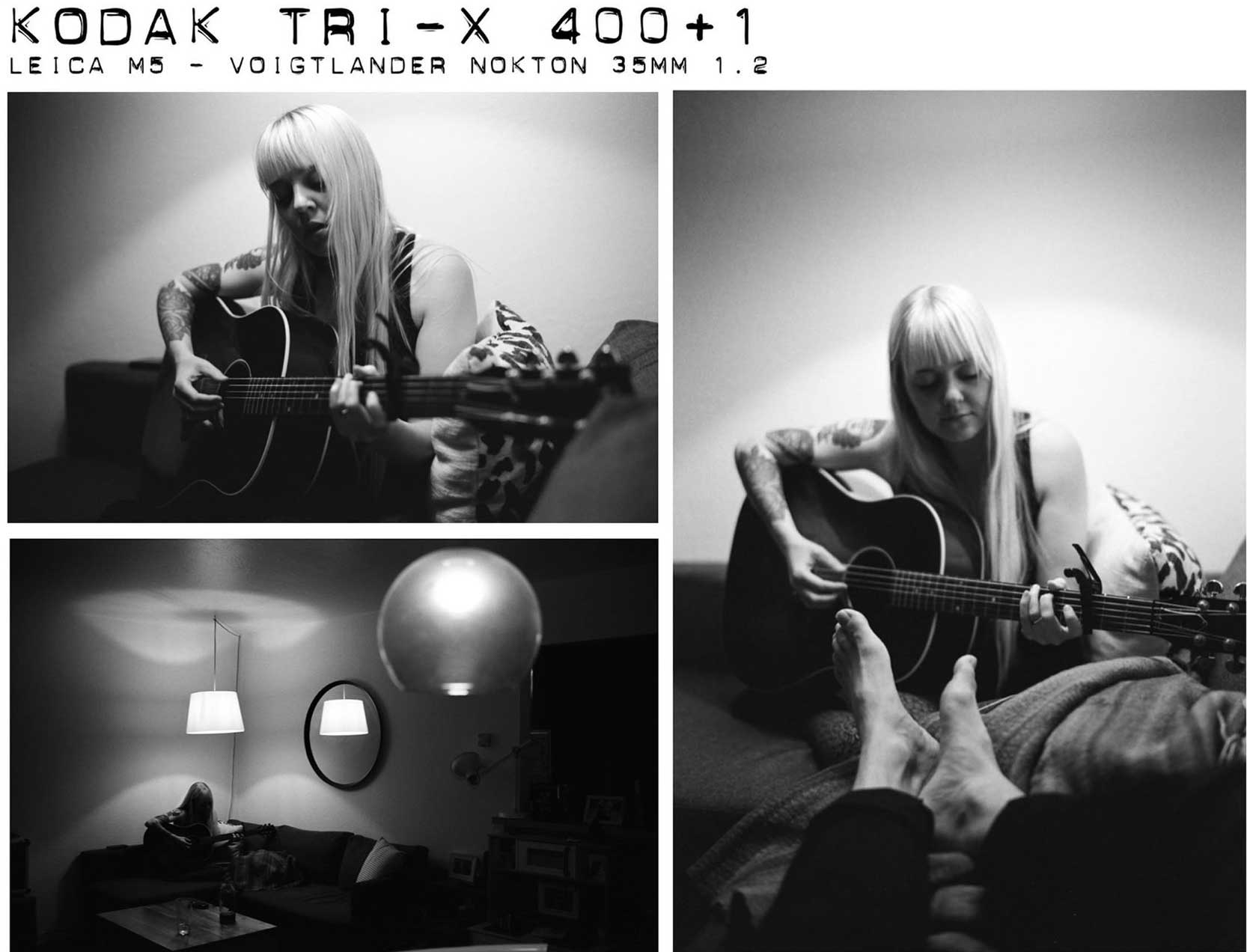
Nighttime scenes similar this can exist hard to photograph which why you often need to push button your moving-picture show or take a very fast lens, and in this instance, both were needed! This is Kodak Tri-X 400 shot as 800iso and pushed 1 stop in development. Information technology was taken with a Leica M5 and a super-fast Voigtlander Nokton 35mm f/ane.2 that @kehcamera sent us! This combination, along with a rangefinder that allows you to shoot at slower handheld shutter speeds is platonic for lowlight shooting. All three of these were shot wide open up at f/ane.two and produced very sharp results – we're loving this lens so far and will be sharing more than results in the future!
The Best Films for Pushing
While nearly all picture show types can exist pushed, some have meliorate results than others. More often than not, pro-course film stocks that accept dandy exposure latitude volition be best for pushing.
Pushing B&W picture
Truthful black and white flick is the best and most mutual type of flick to push button. Pushing moving-picture show will both increase the film grain, making it more noticeable, and will add more contrast to your photos. In fact, many people button black and white films solely to become more than contrast out of certain film stocks.
- Recommended motion-picture show stock to attempt – Tri-Ten 400 & Ilford HP5 plus.
Kodak Tri-X or Ilford HP5 – Come across a comparing of the two films
Pushing Color negatives
Color negatives are the second most commonly pushed film. Pushing color negatives results in slight colour shifts from increased contrast. Grain is as well more than noticeable.
- Recommended film stock to attempt – Portra 400 & Fuji Pro400H
View sample of pushed Portra 400
Pushing slide film
East-vi slide picture show is the least common pic to push button but tin can be pushed with proficient results. As with color negative picture, you volition see an increase, in contrast, possible color shifts, and slightly more noticeable grain.
- Recommended film stock to try – Provia 100f & Velvia 100
View sample of Pushed Velvia 100
thornhillactem1984.blogspot.com
Source: https://thedarkroom.com/pushing-and-pulling-film/
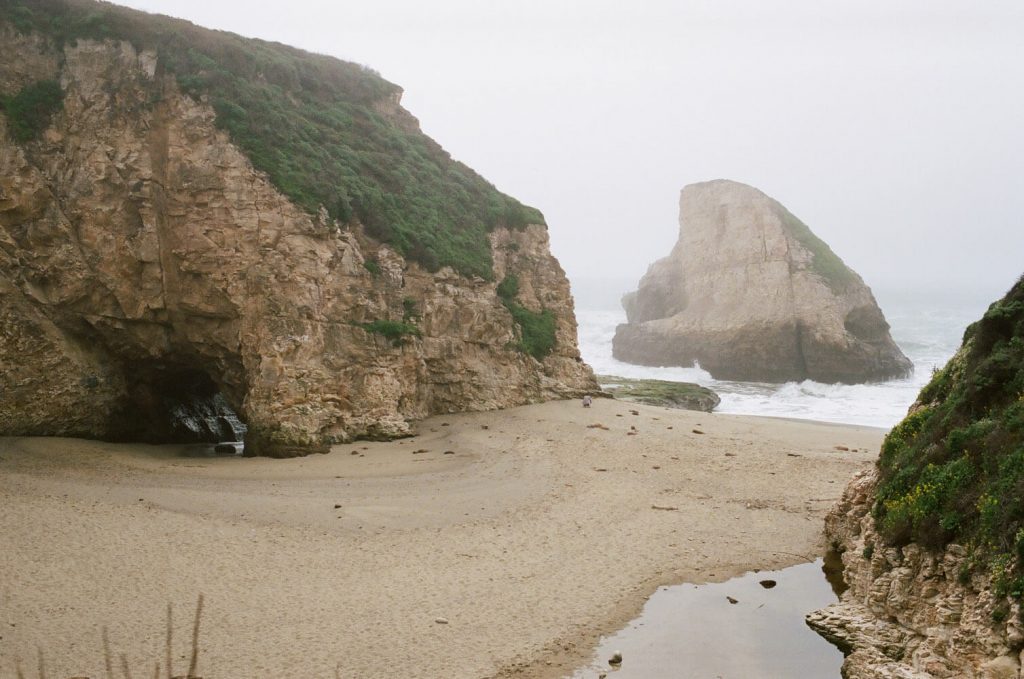
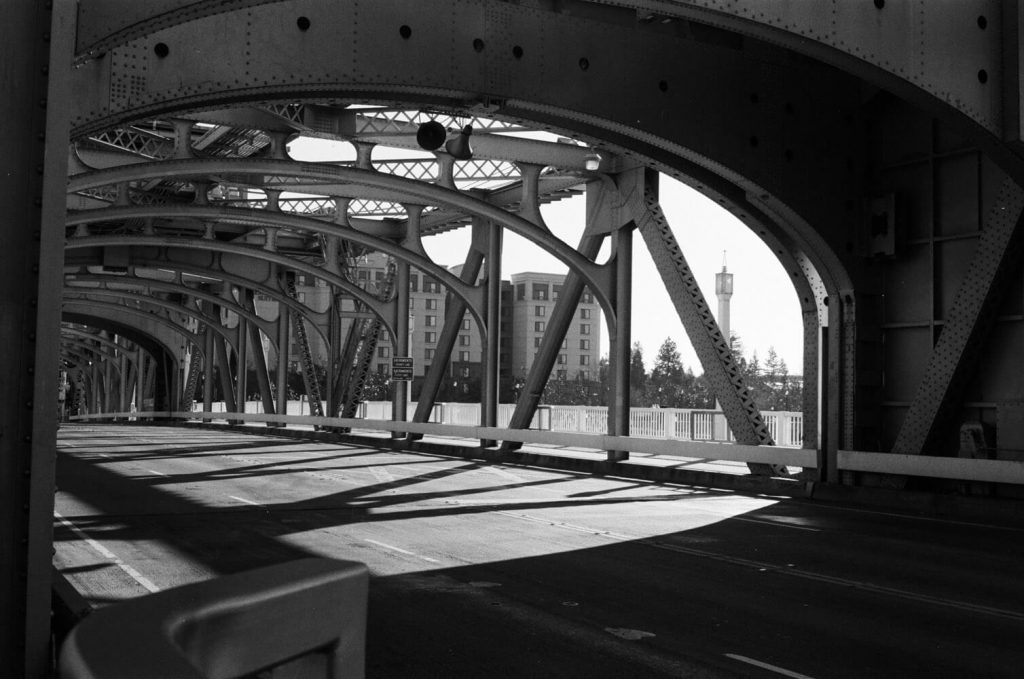
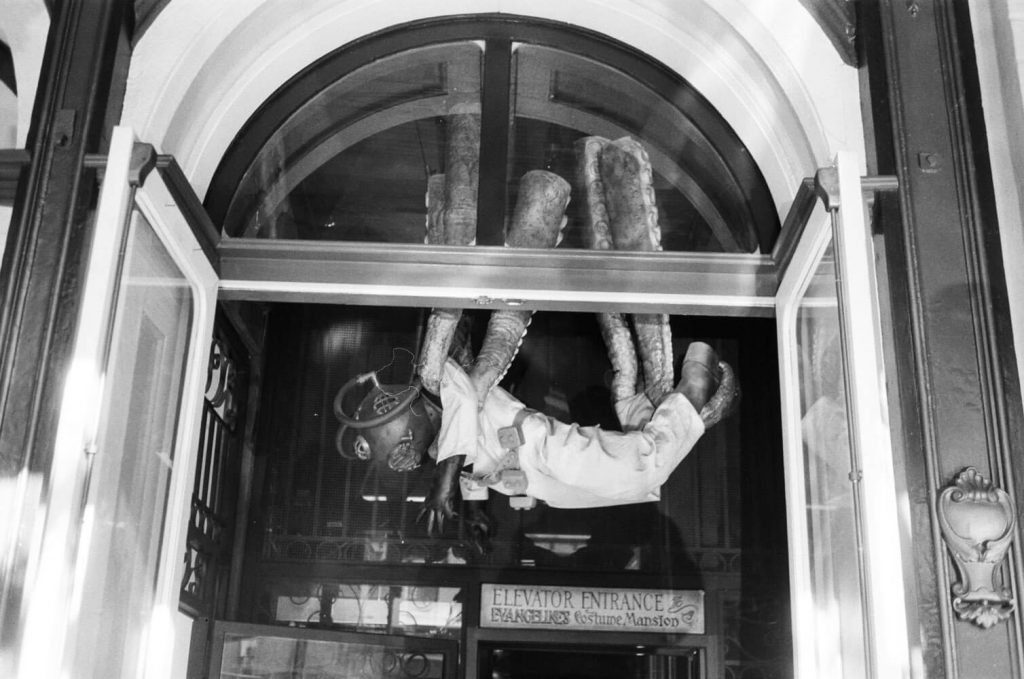

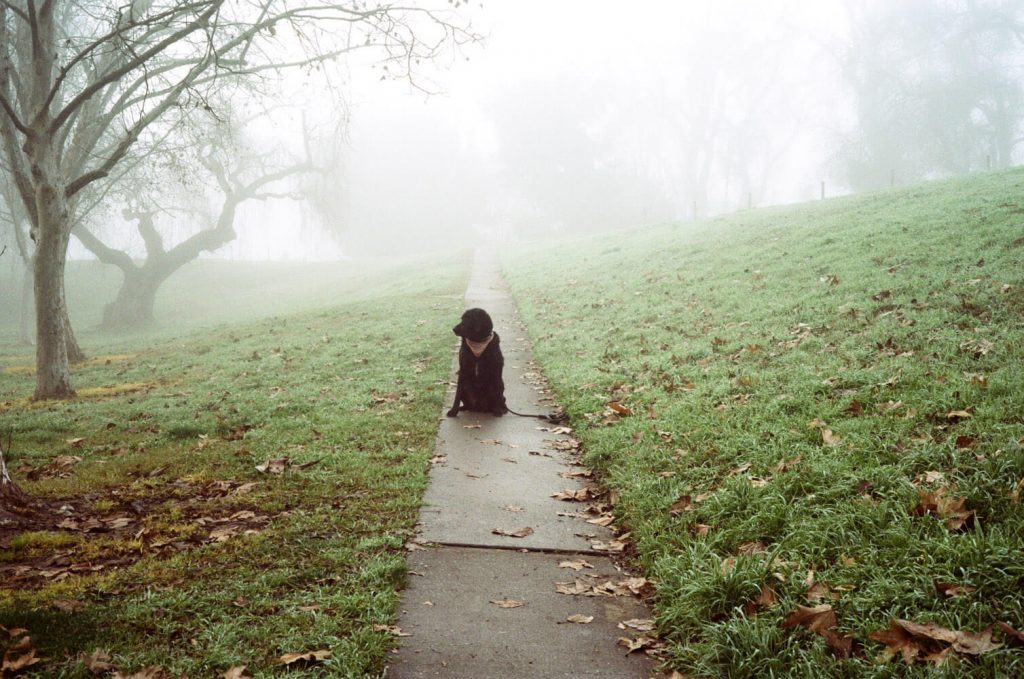
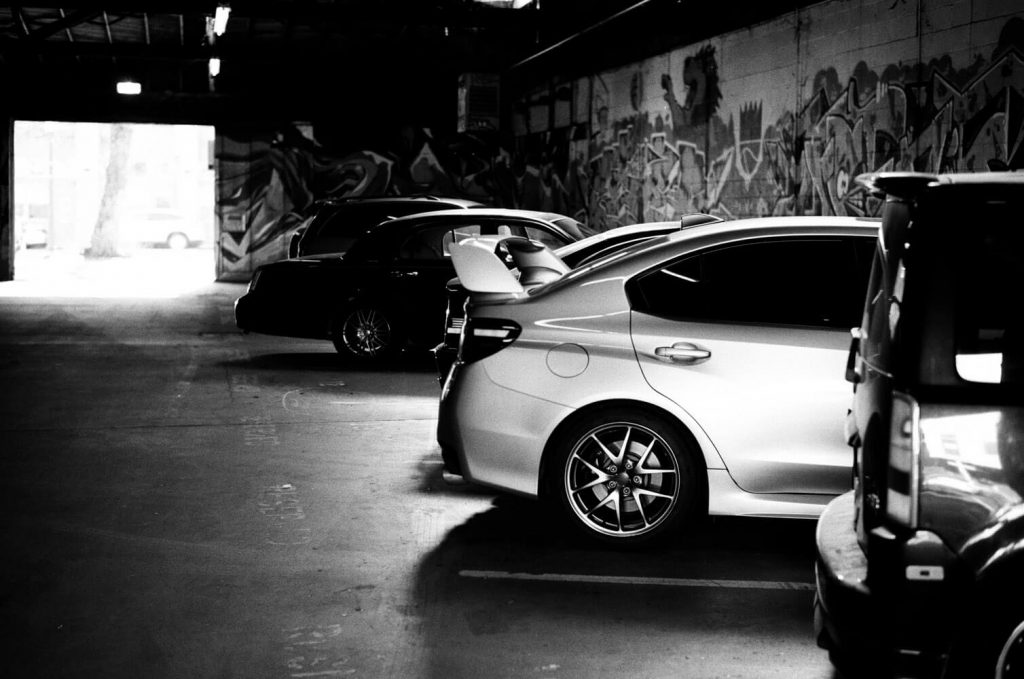
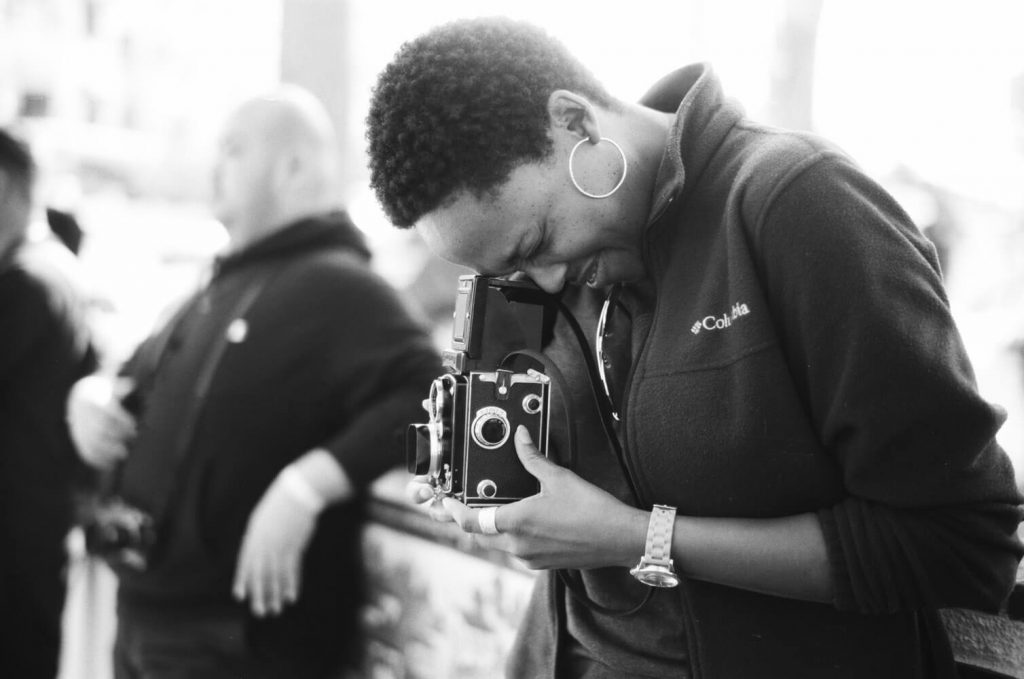
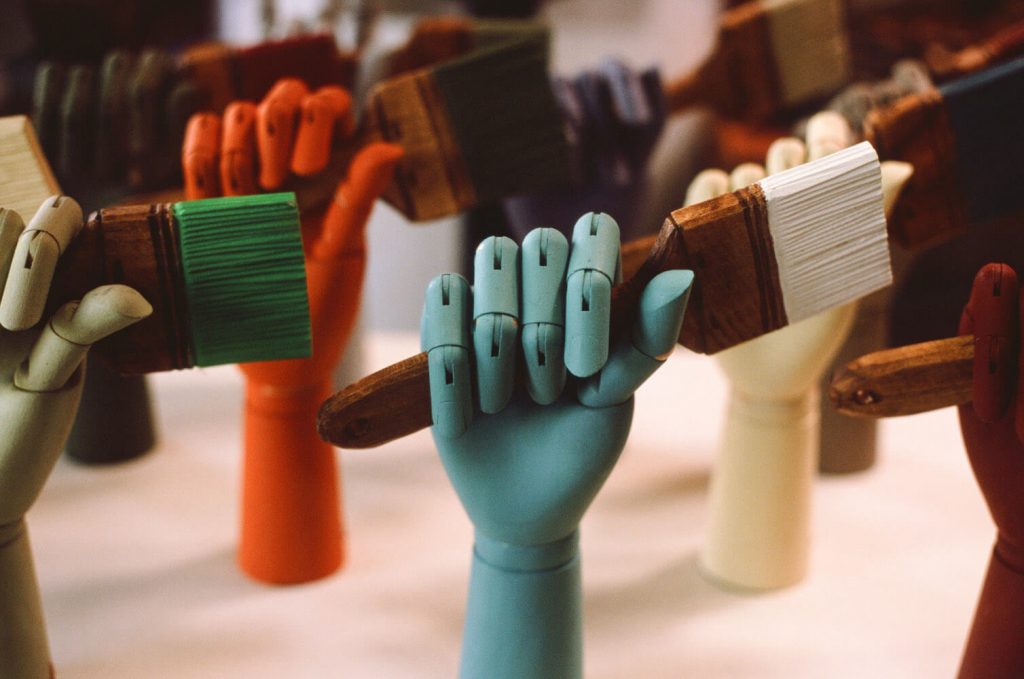
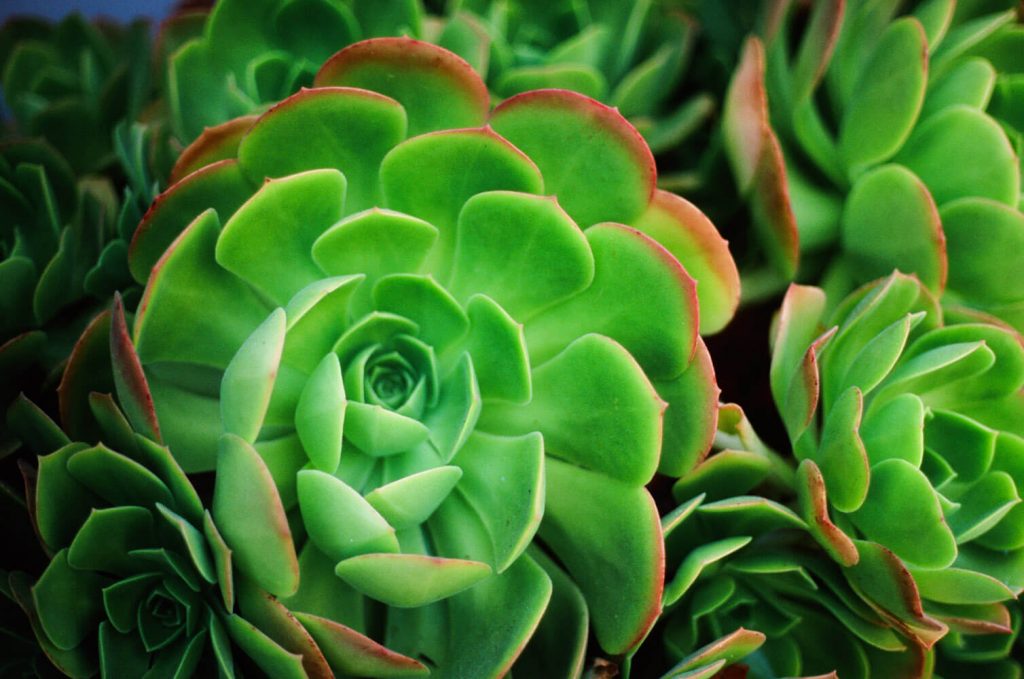
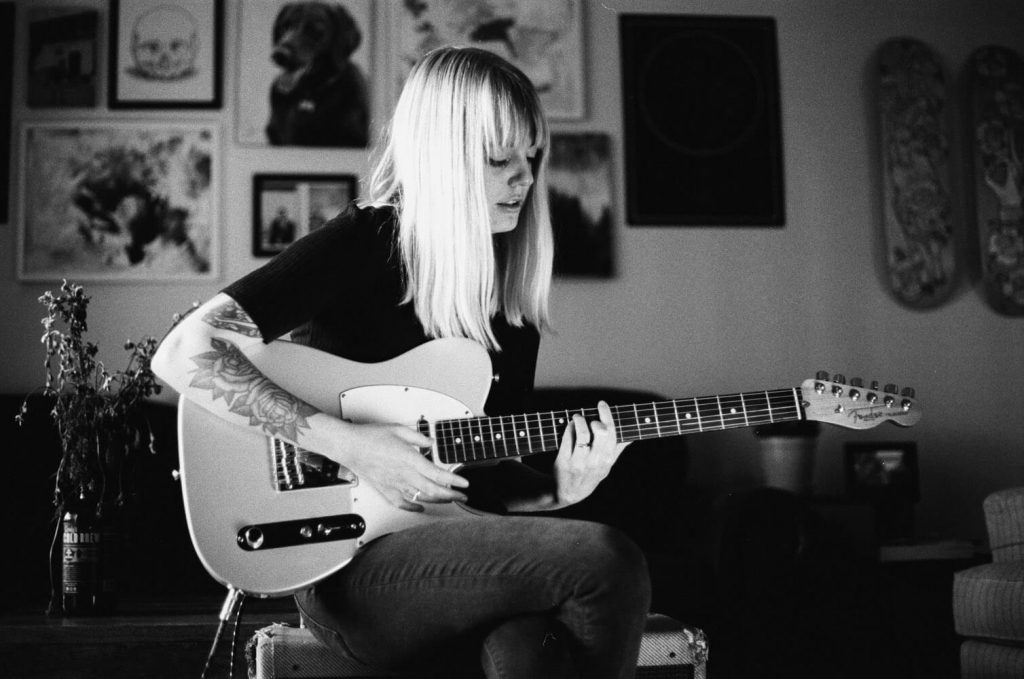
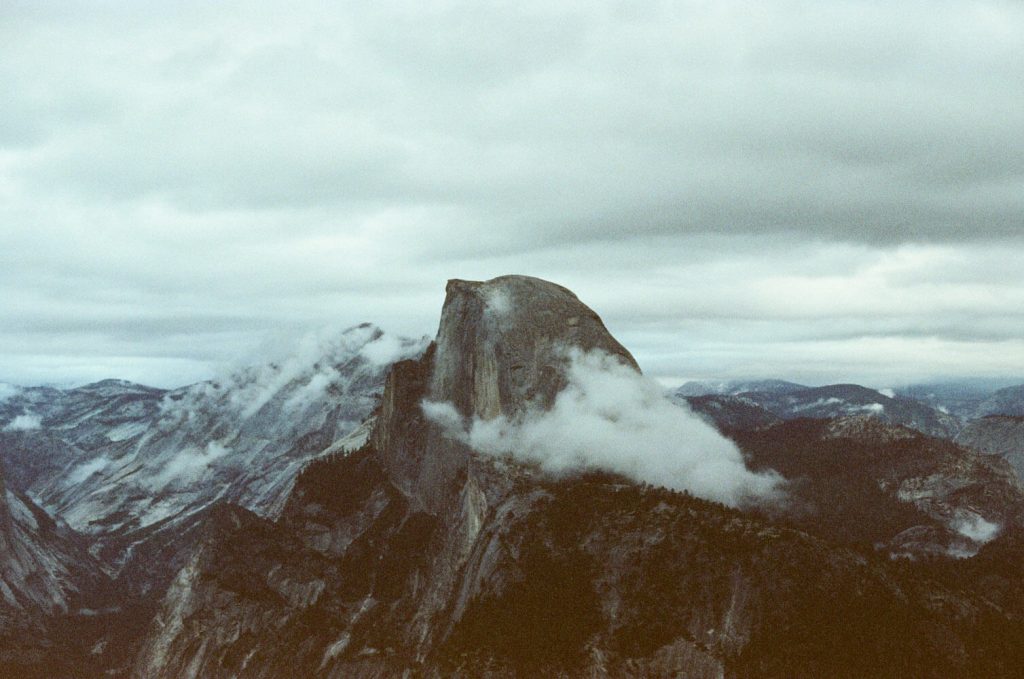
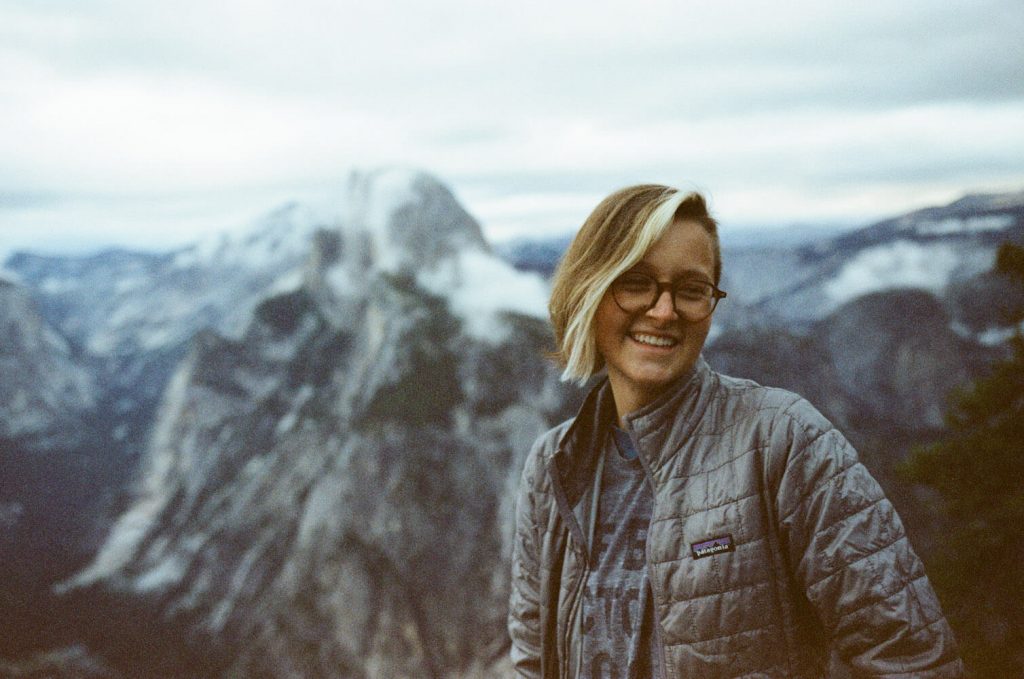
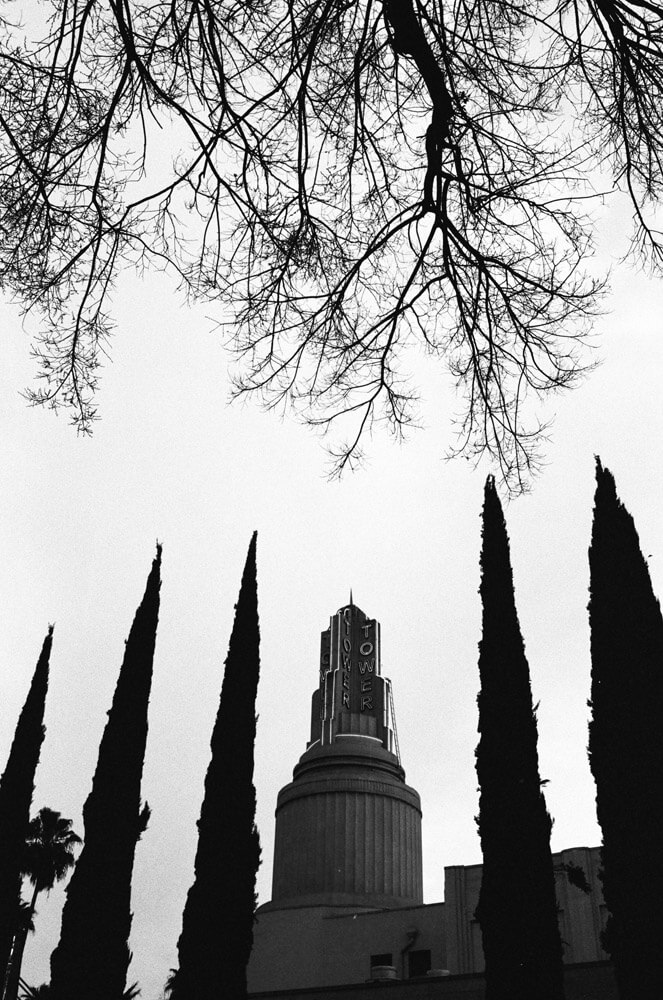
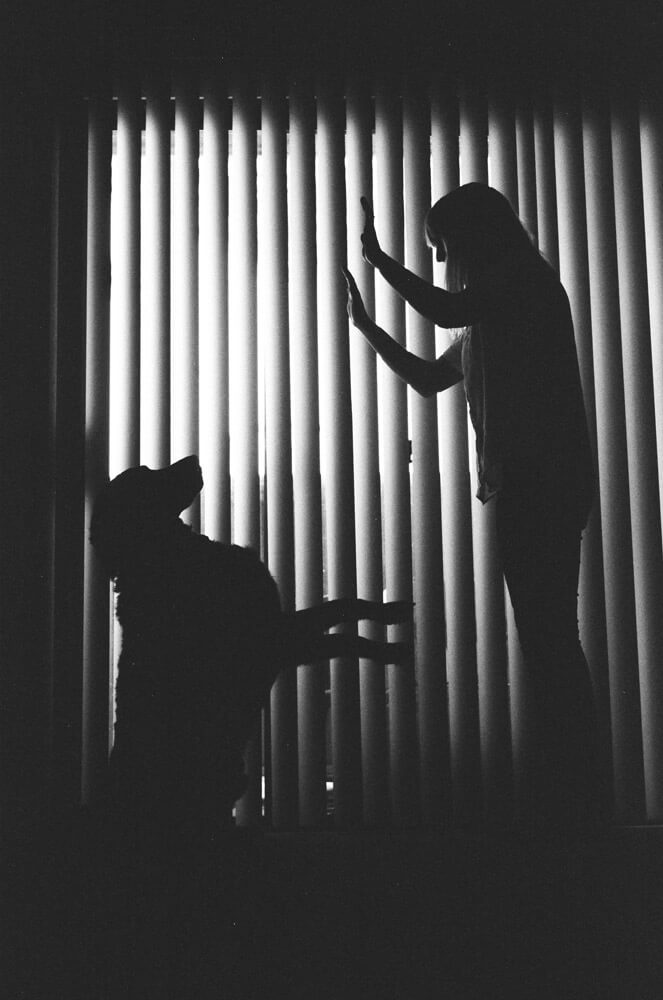
0 Response to "Why Wont Kodak Start Making Film Again"
Post a Comment